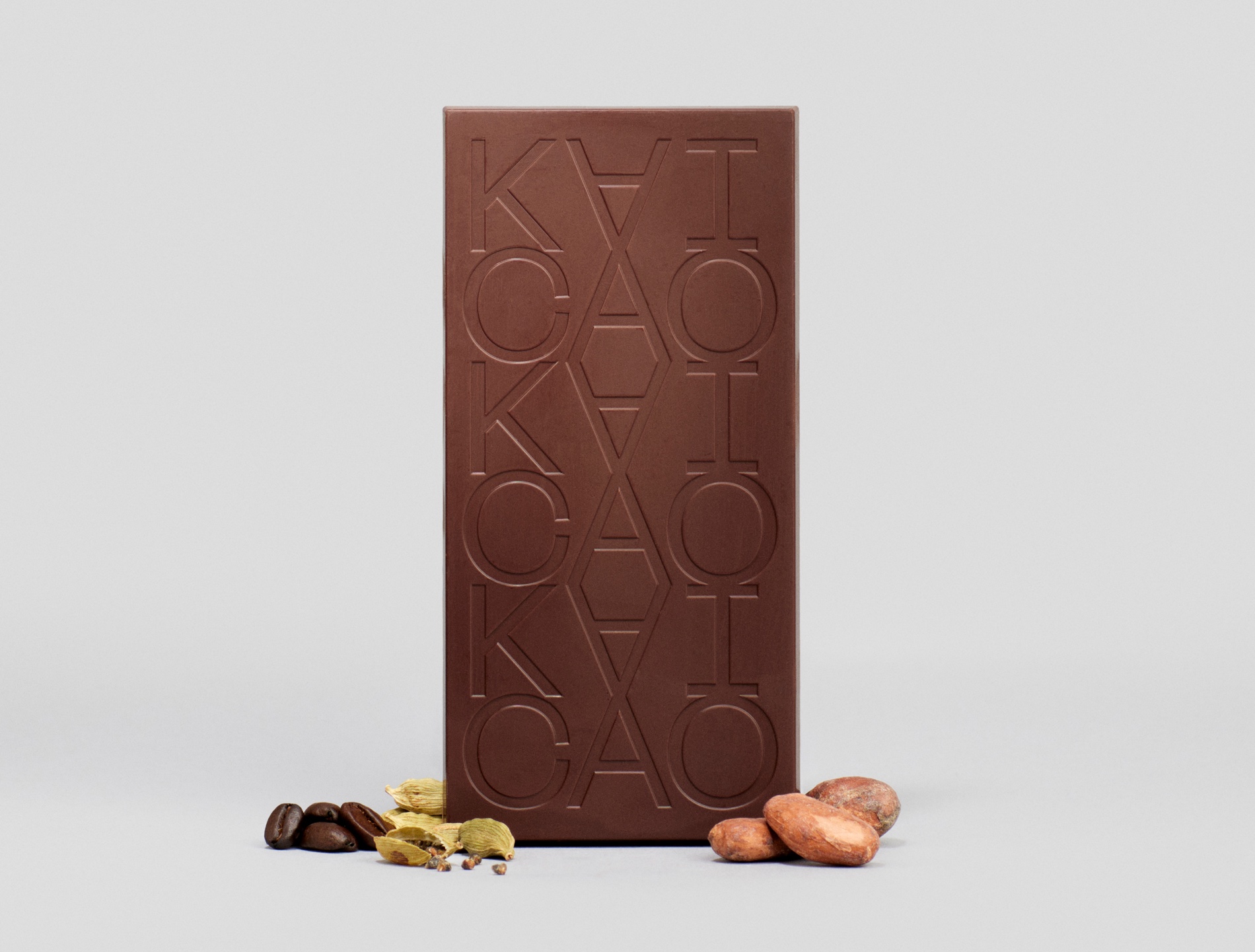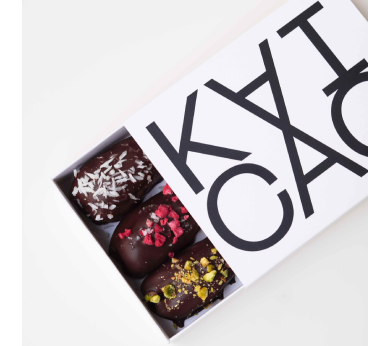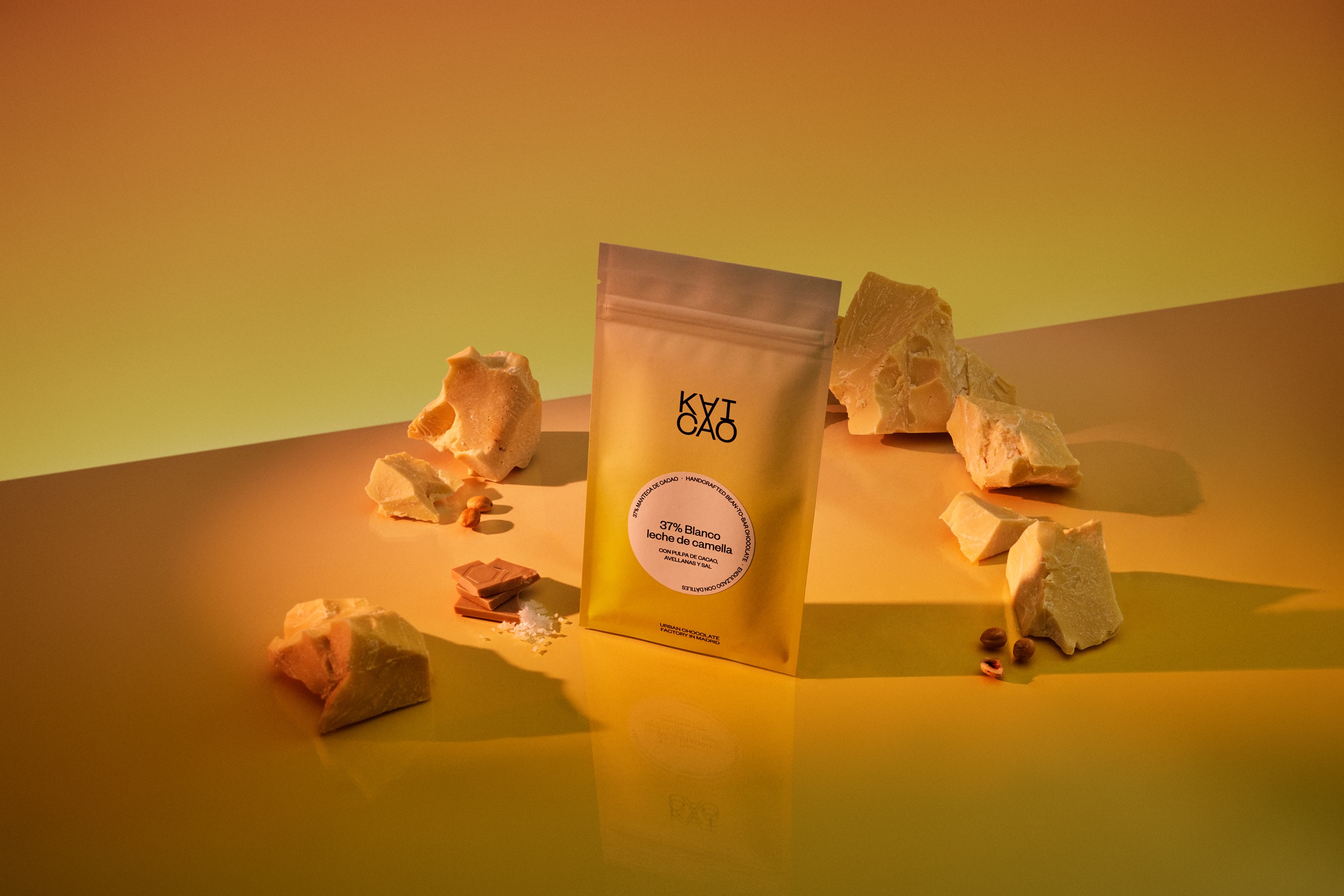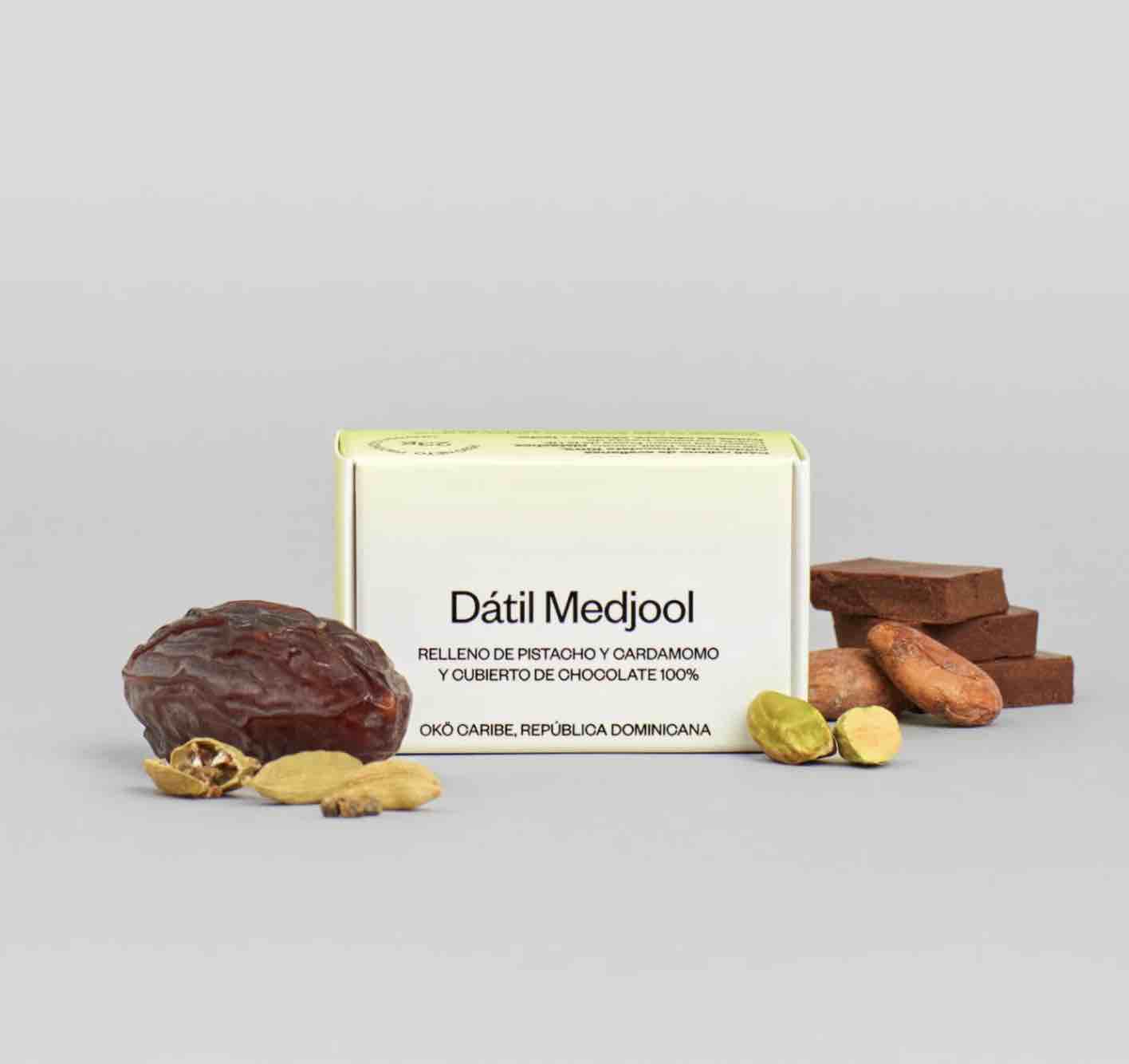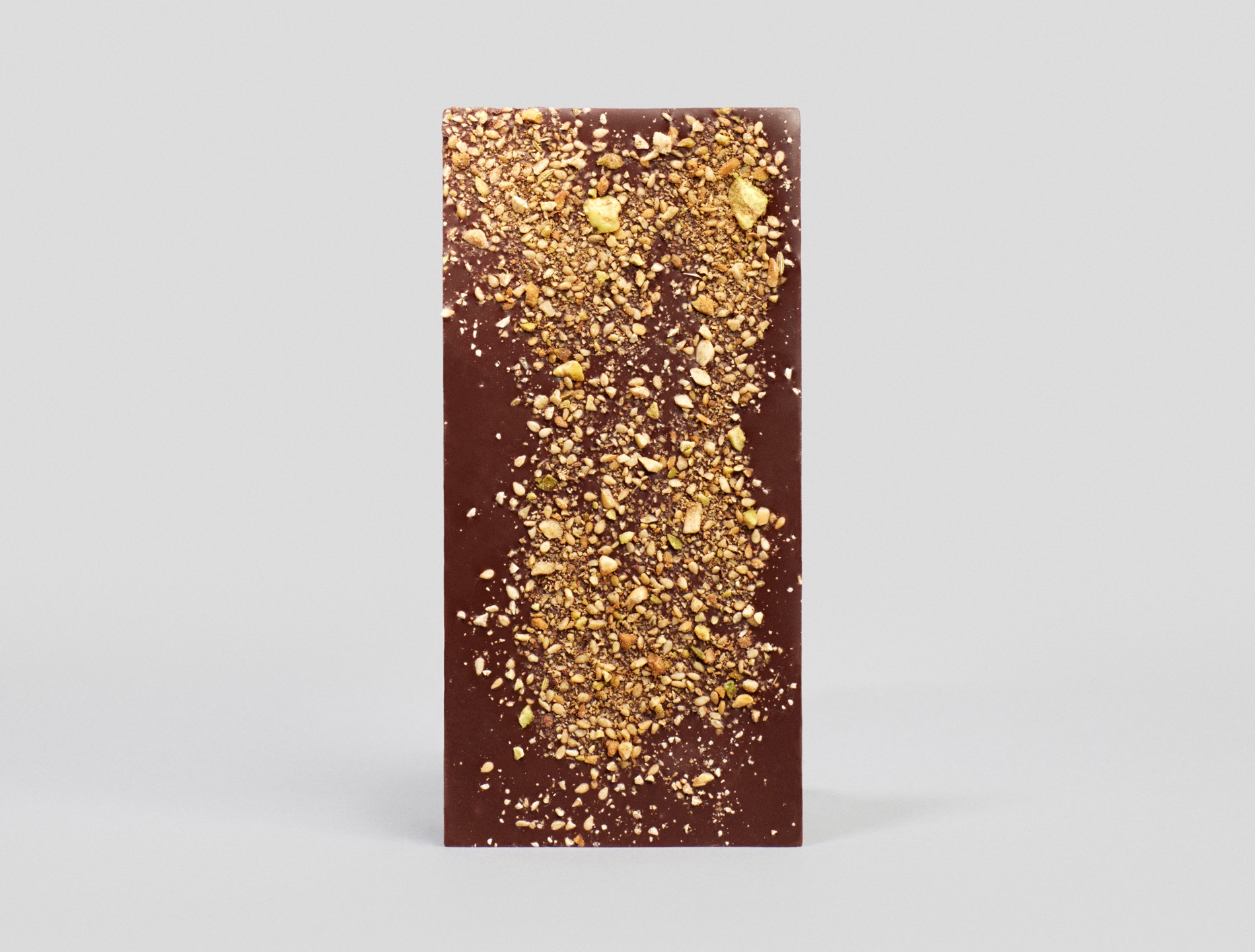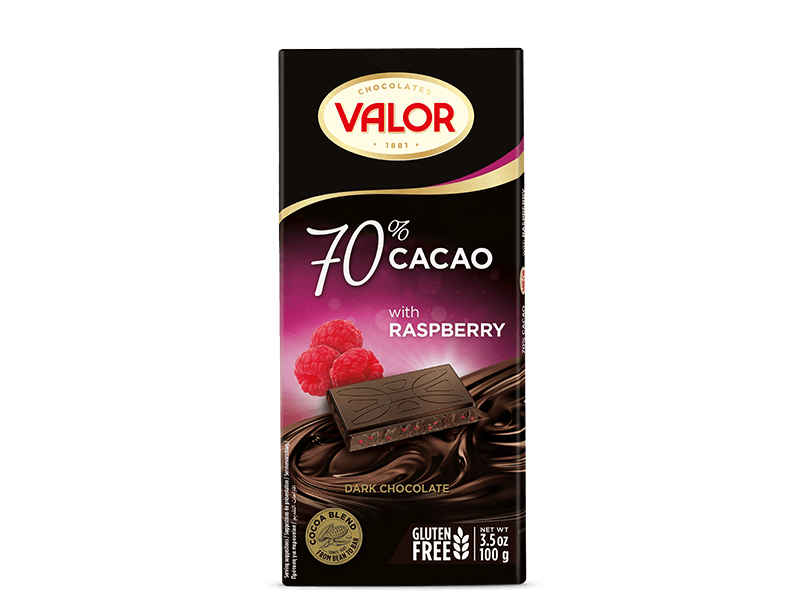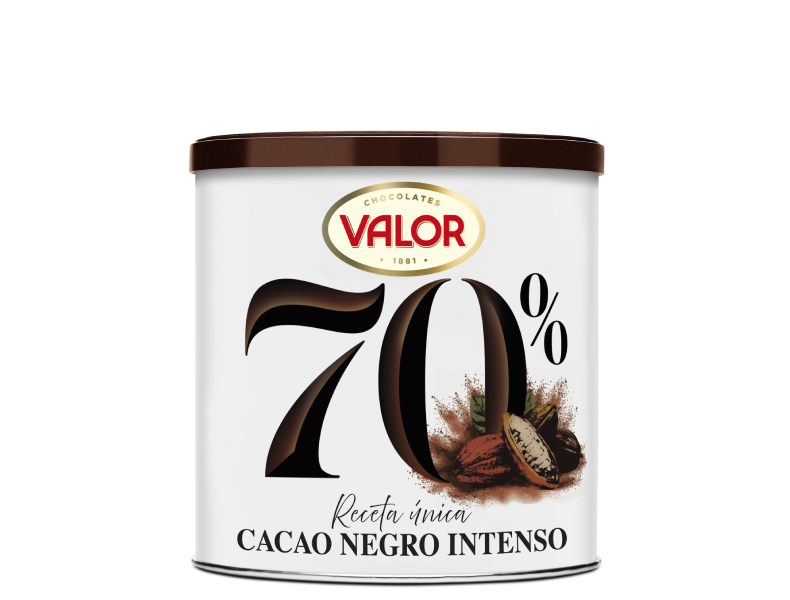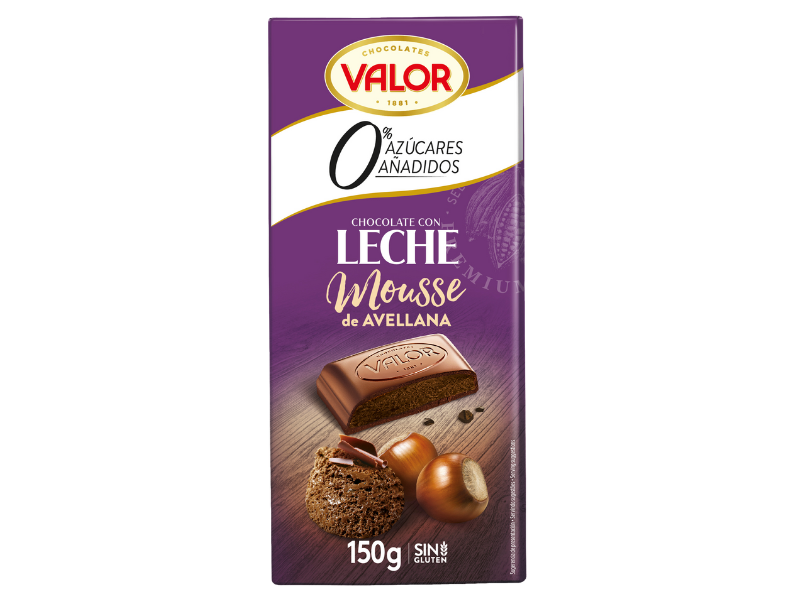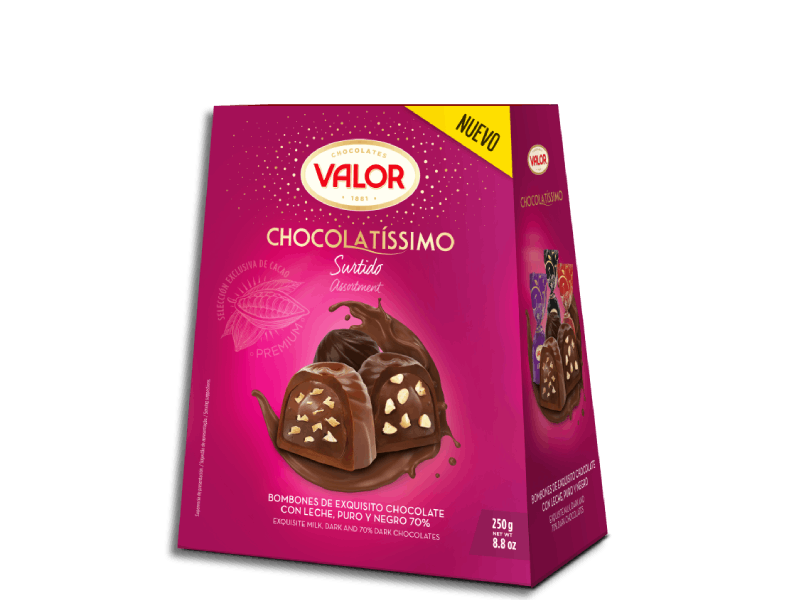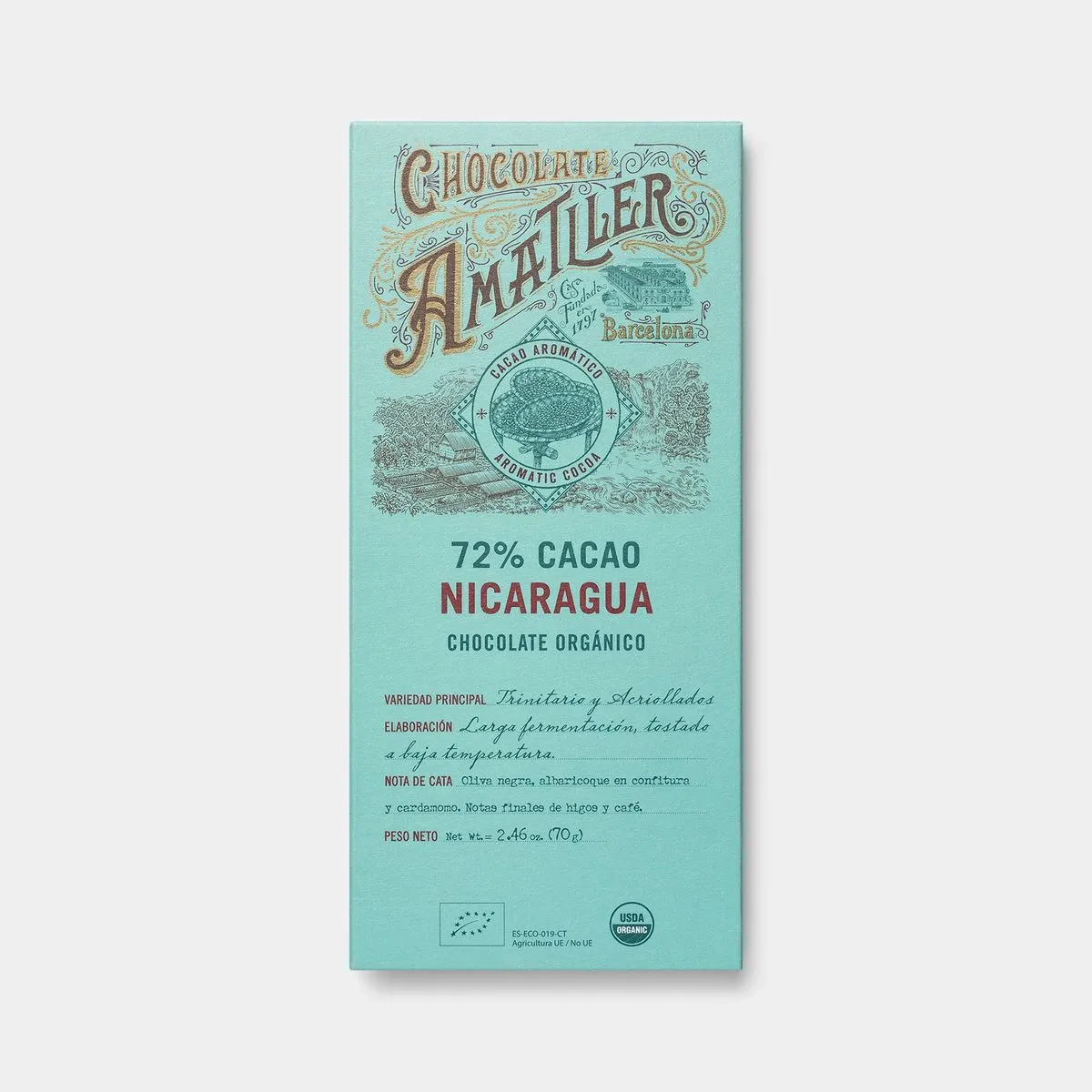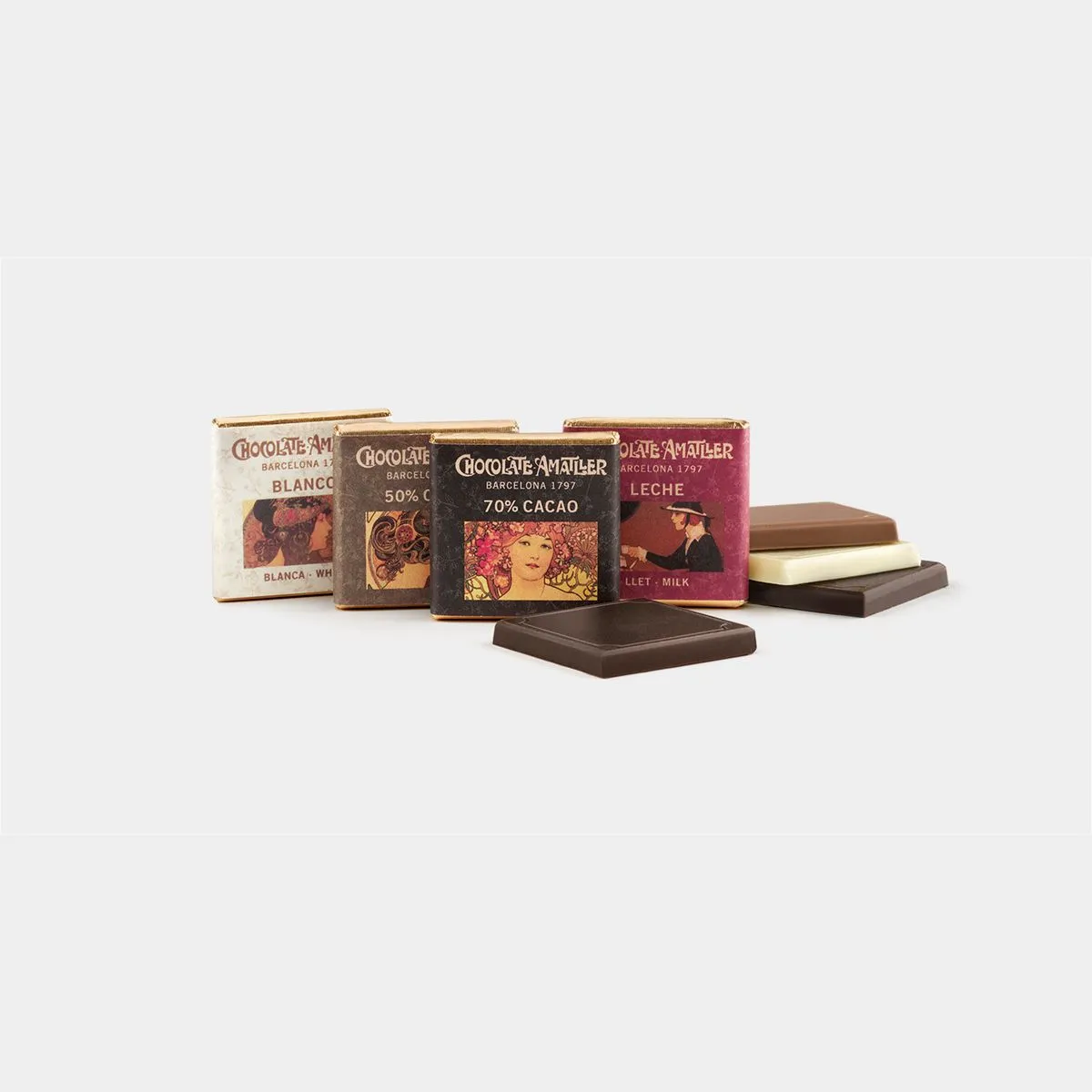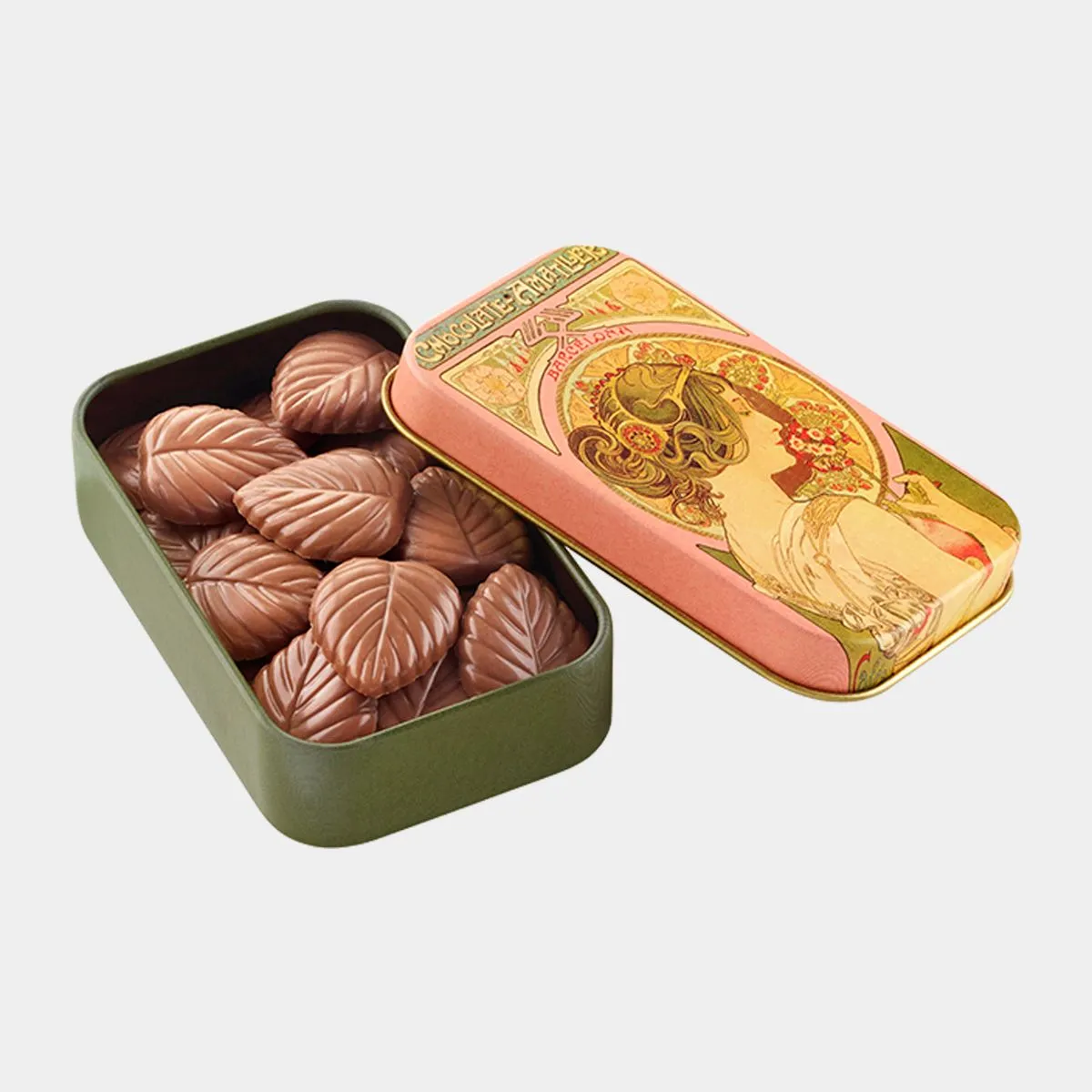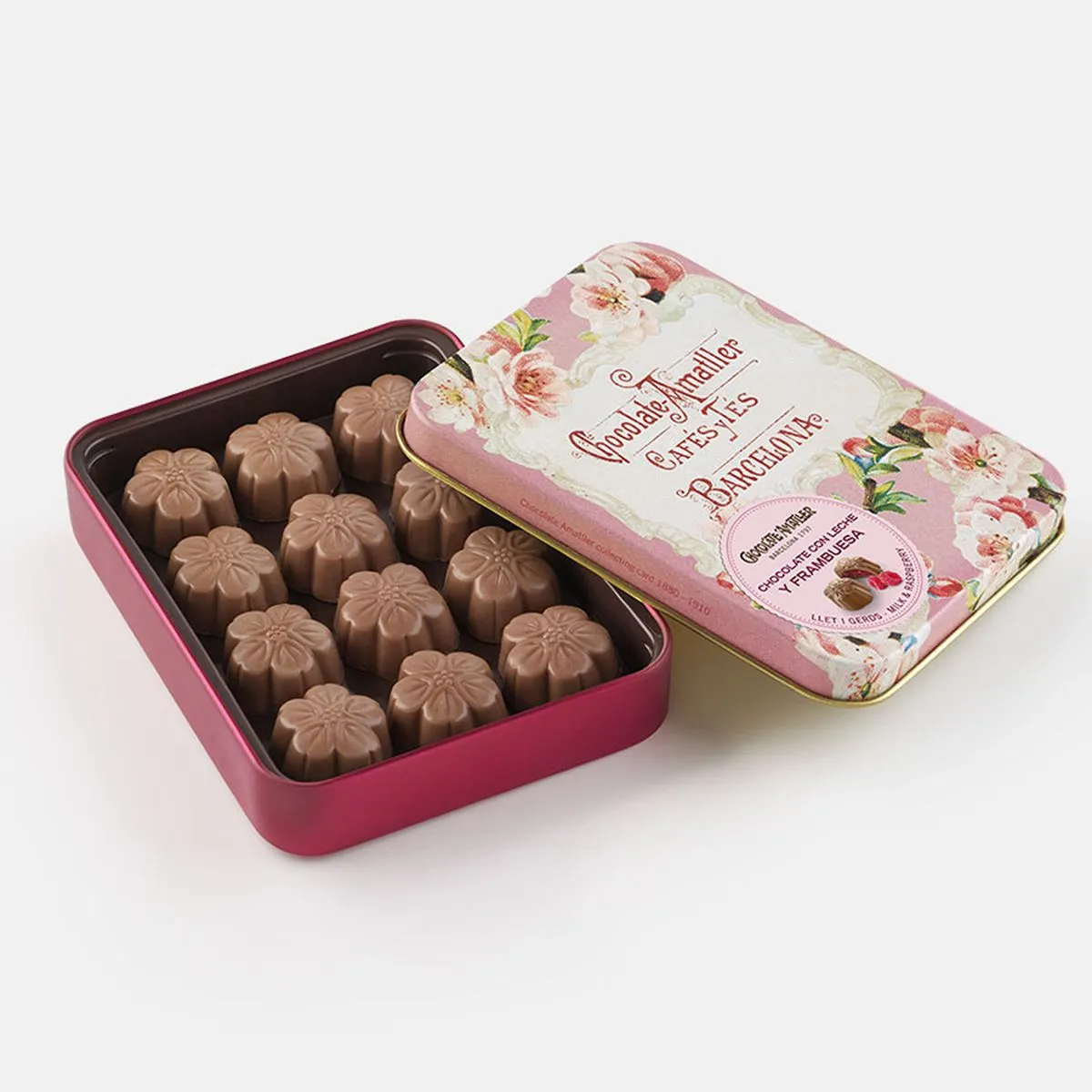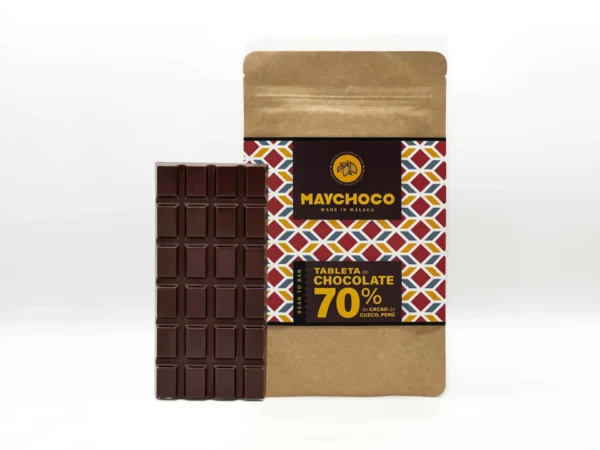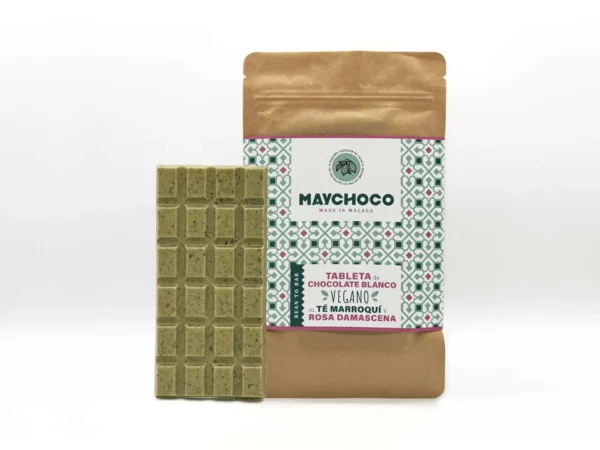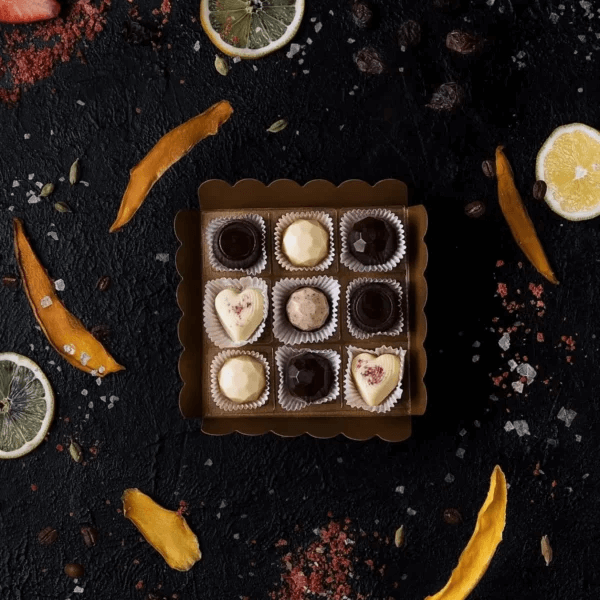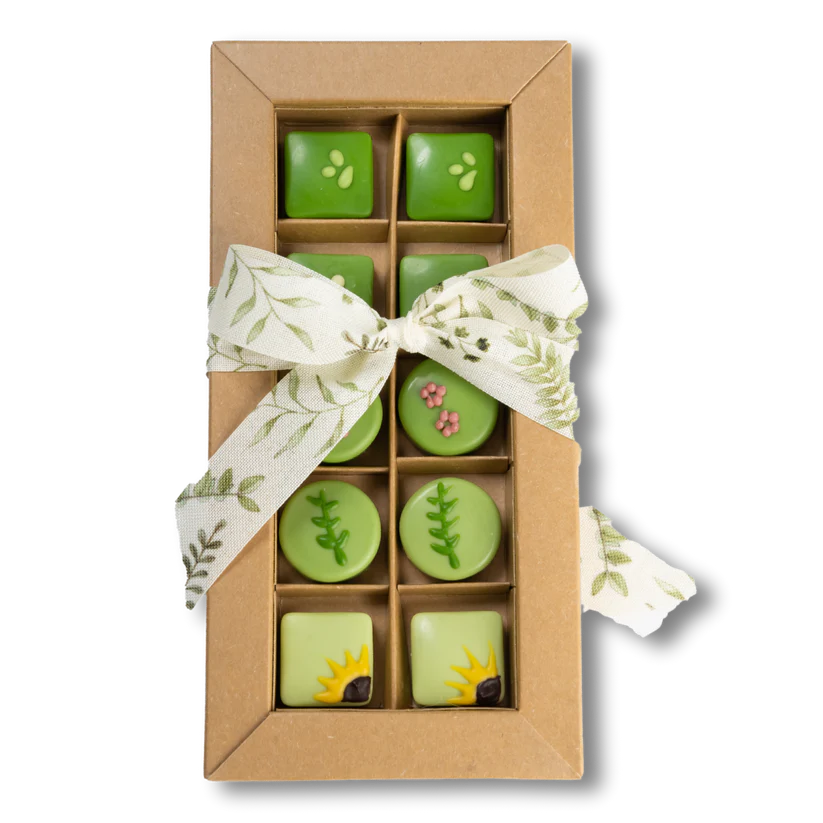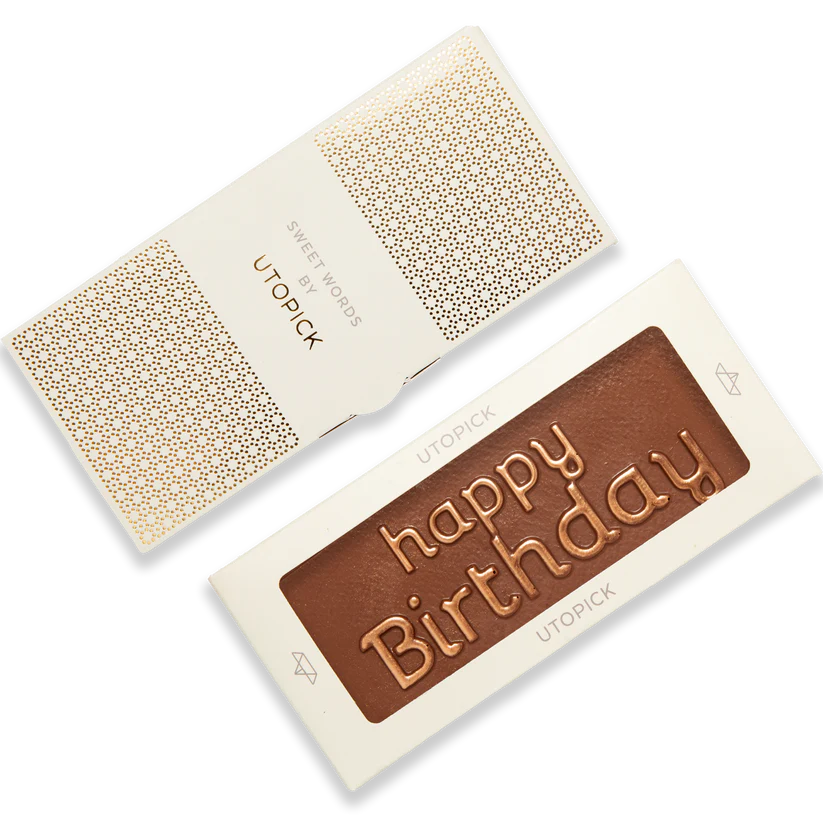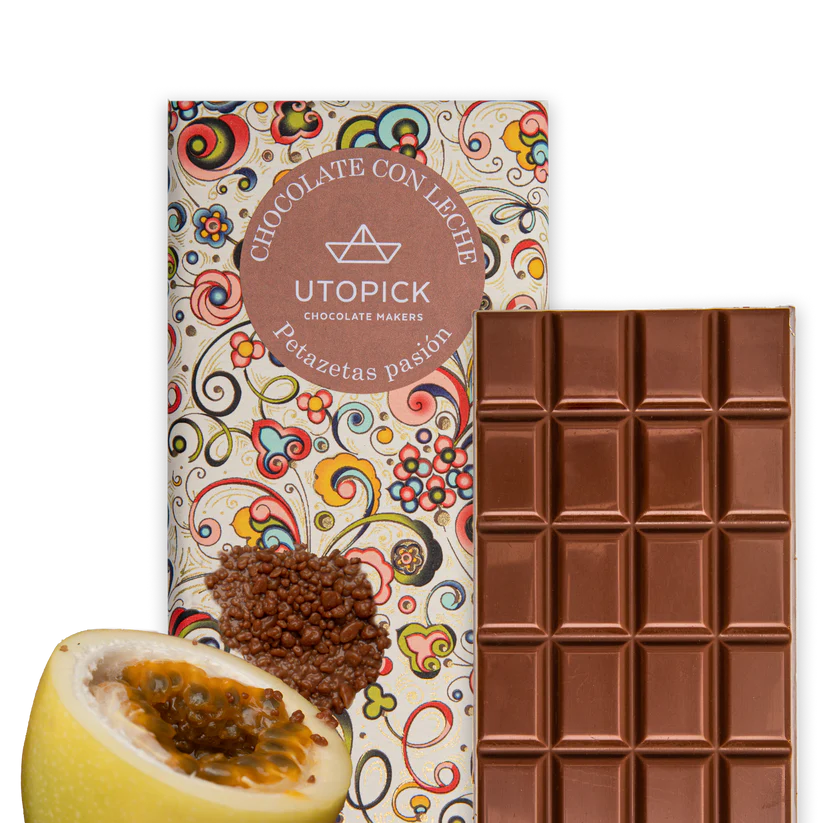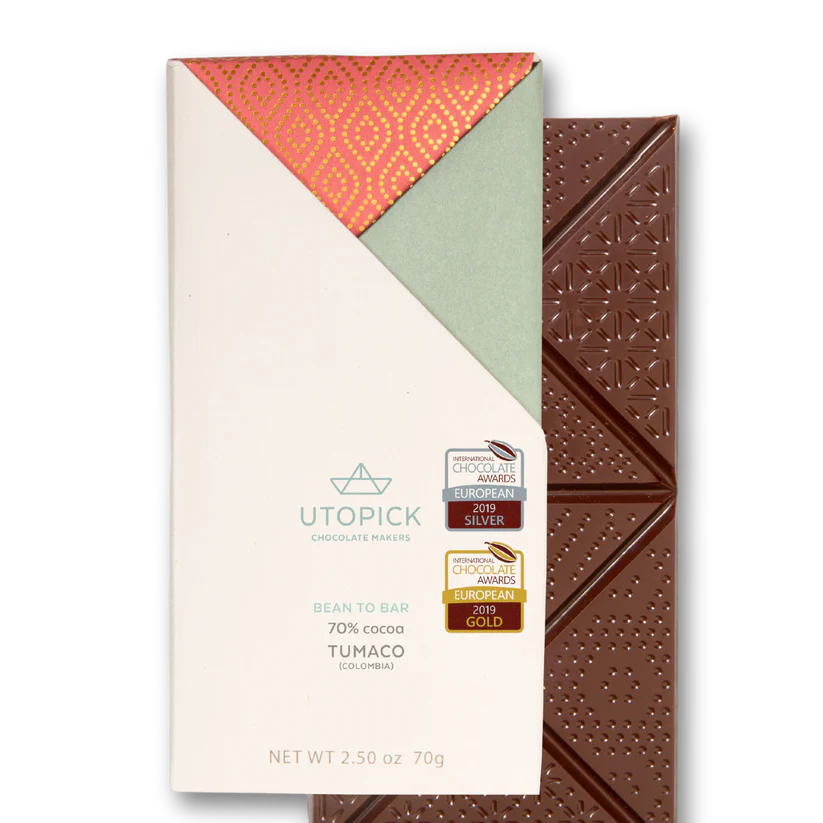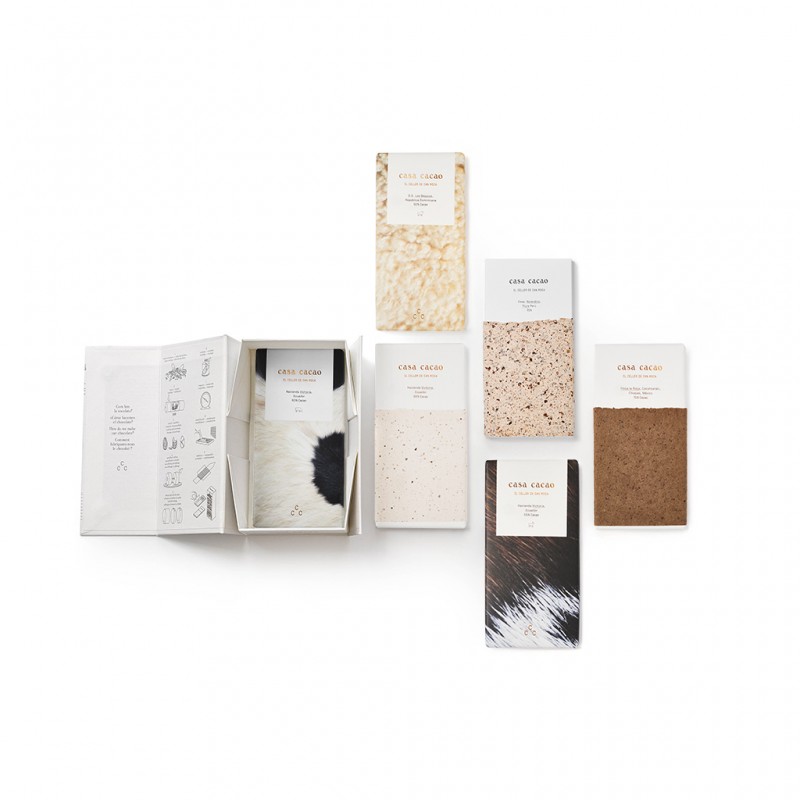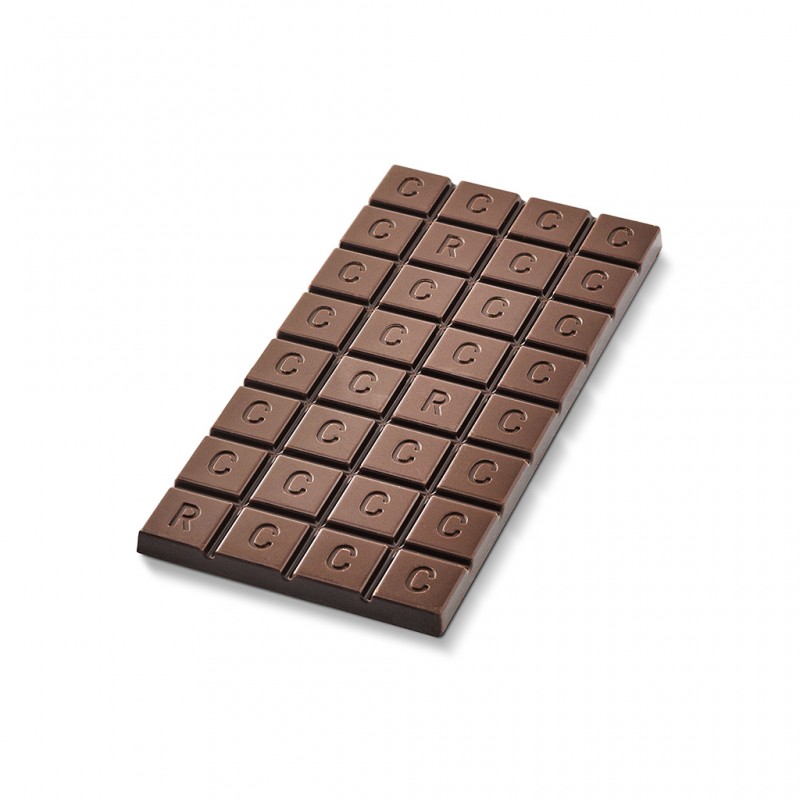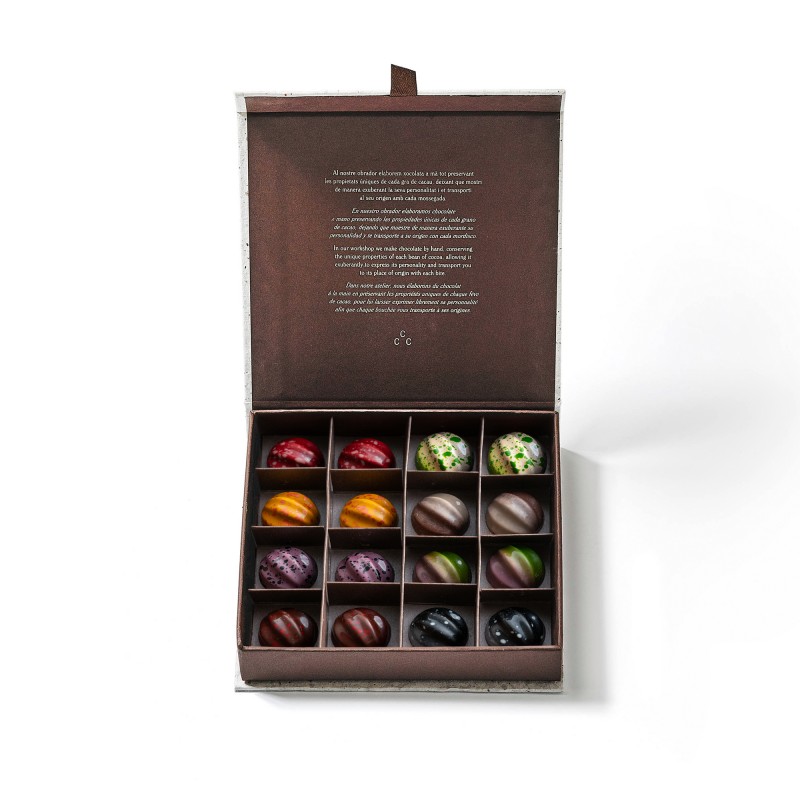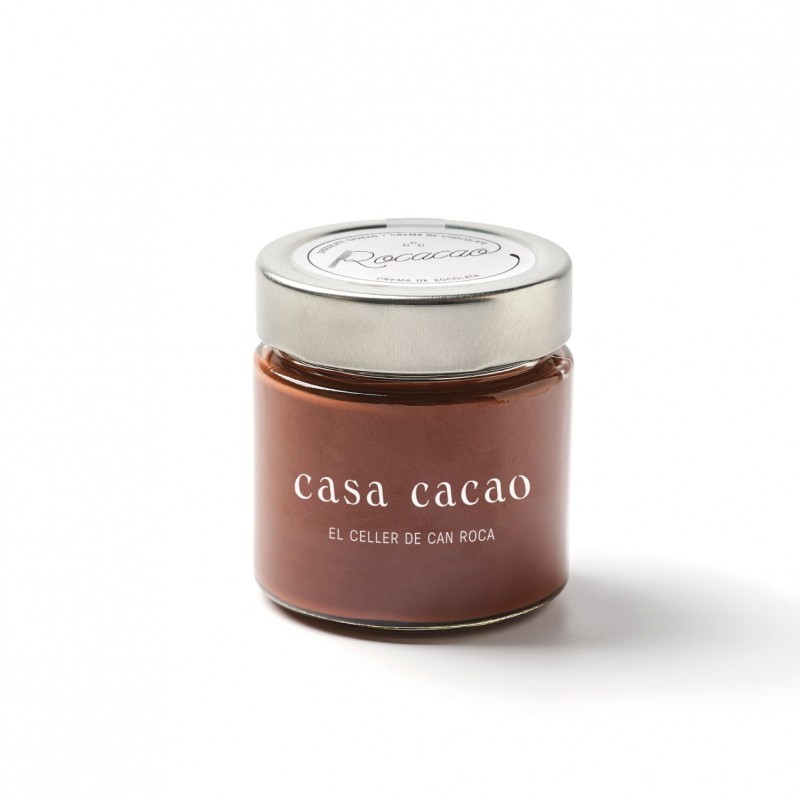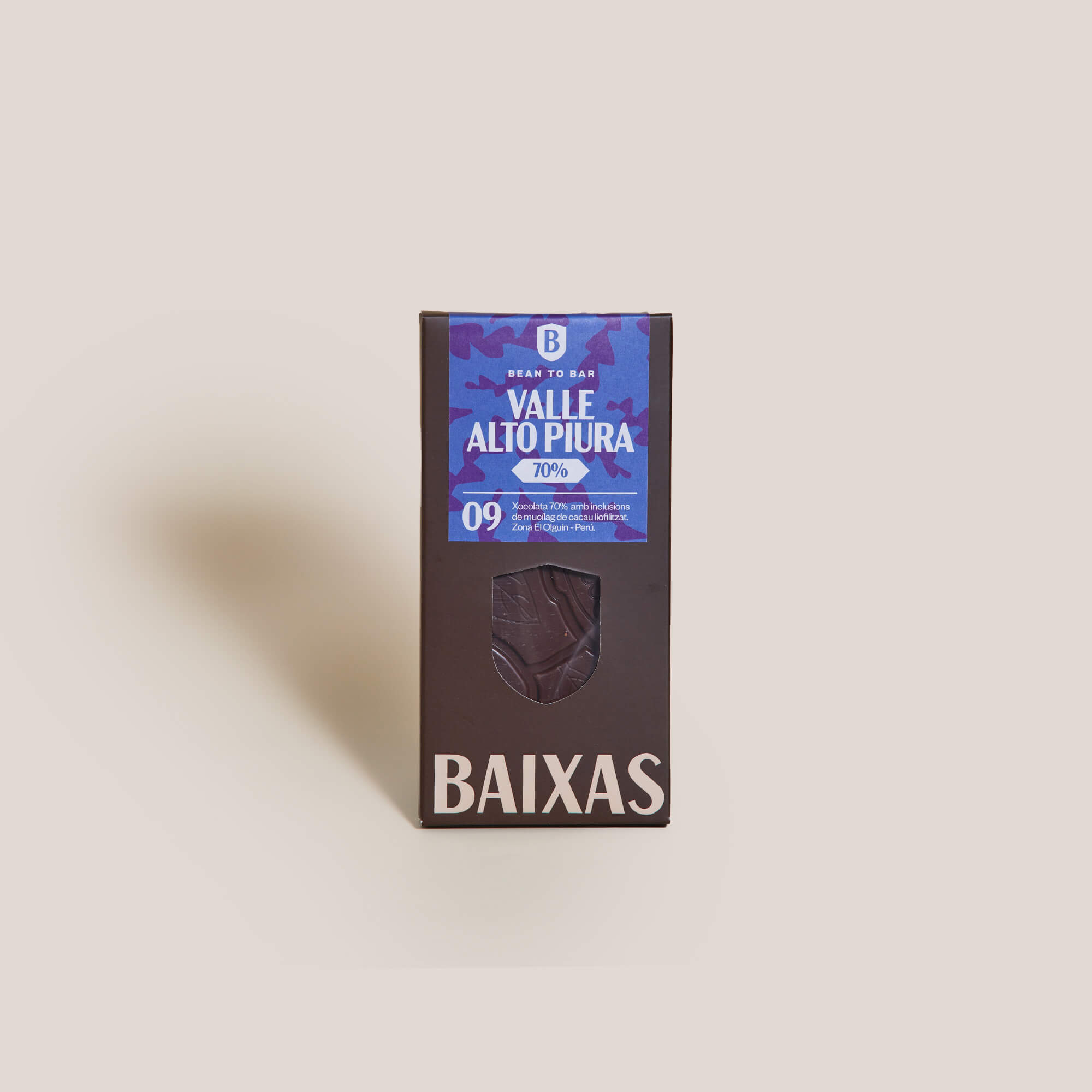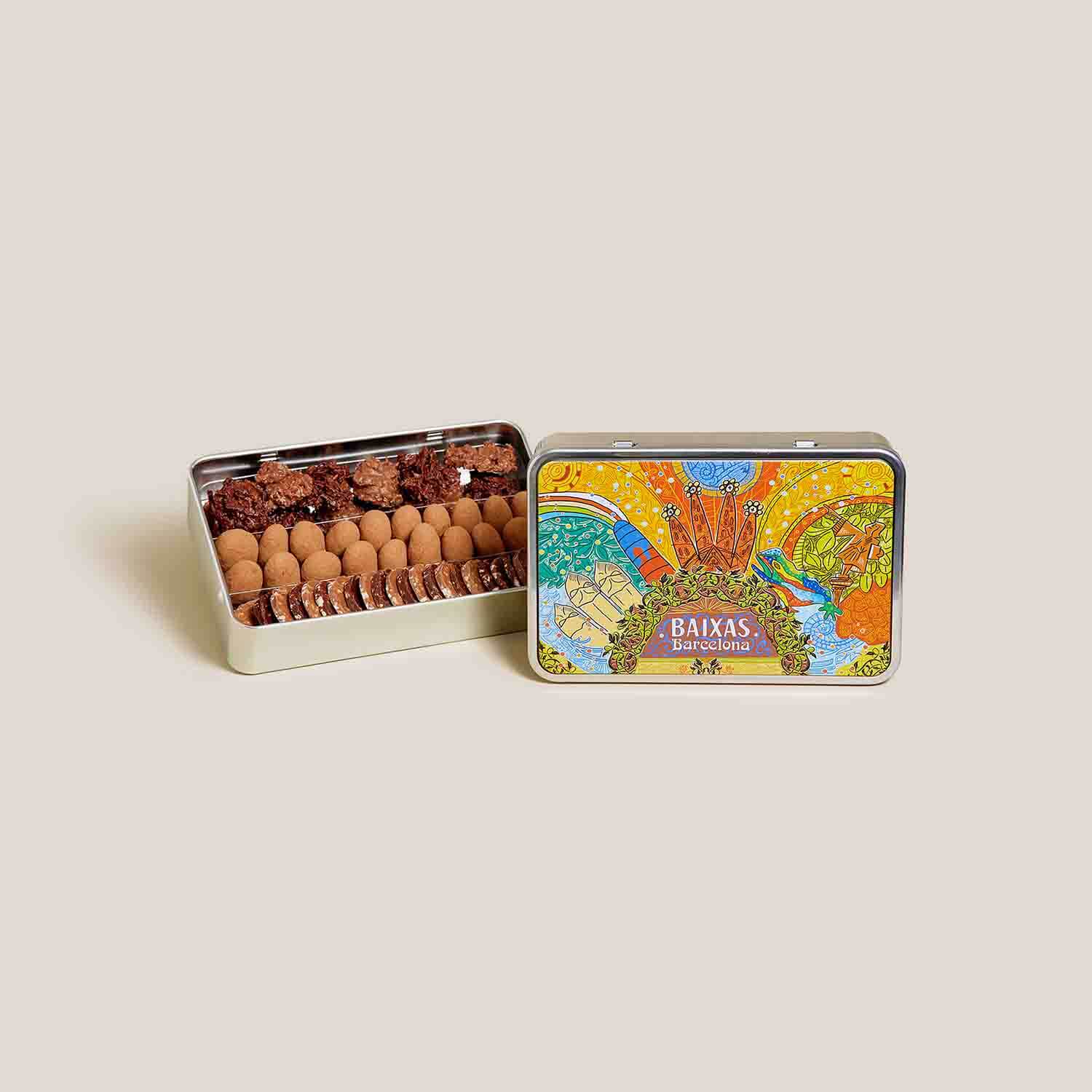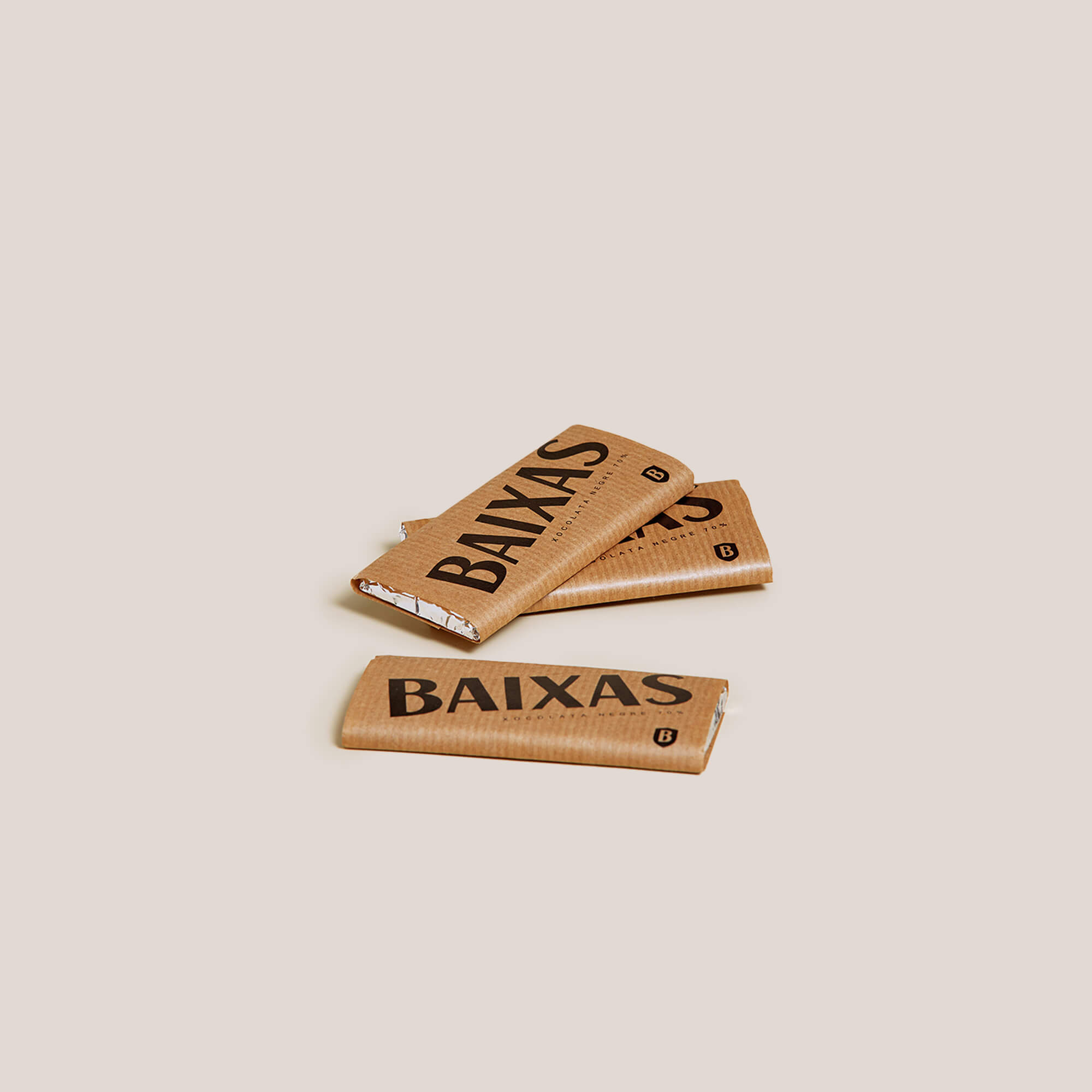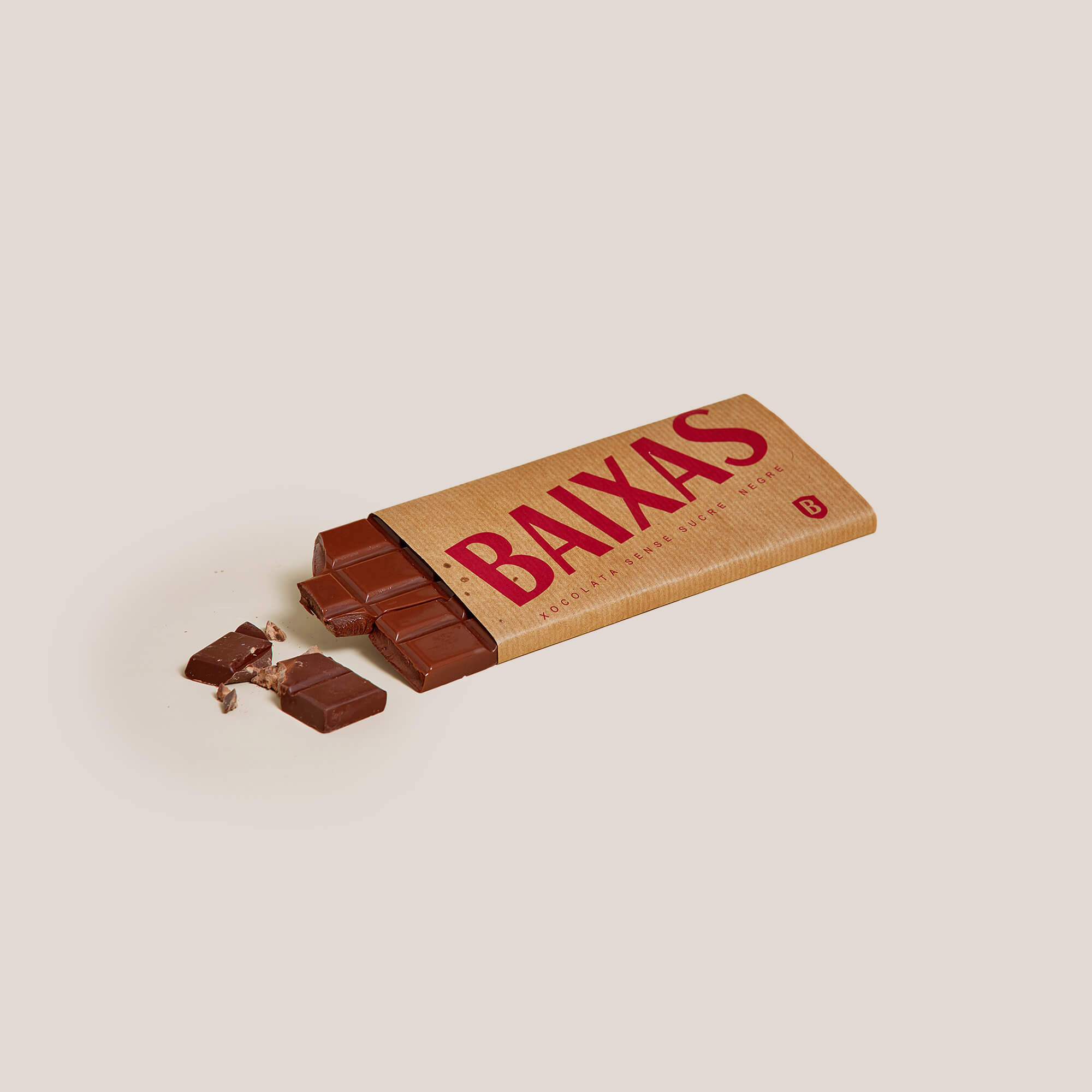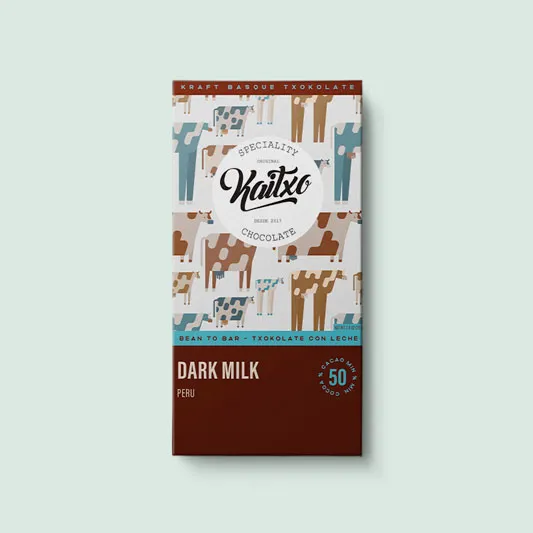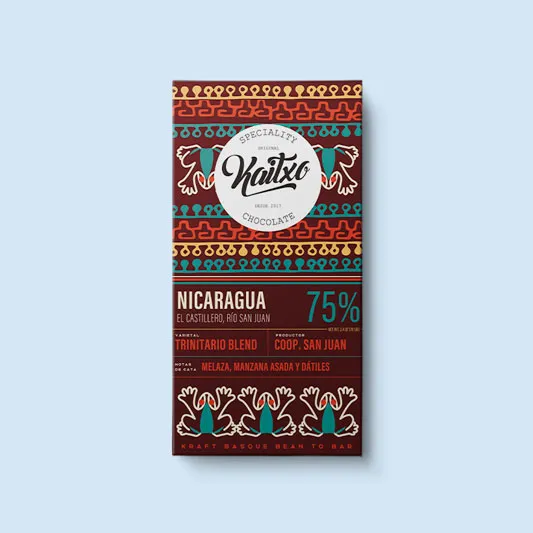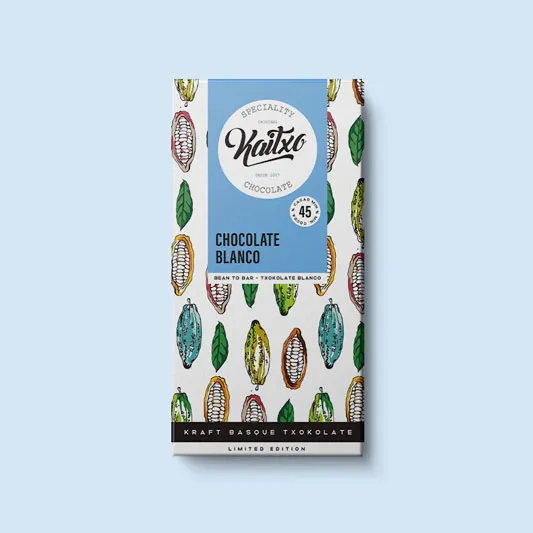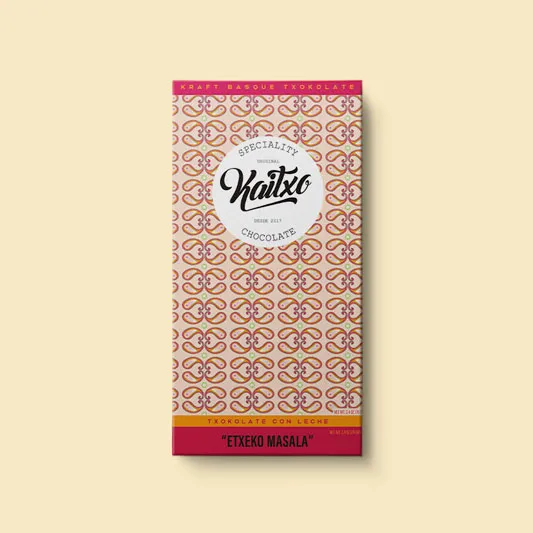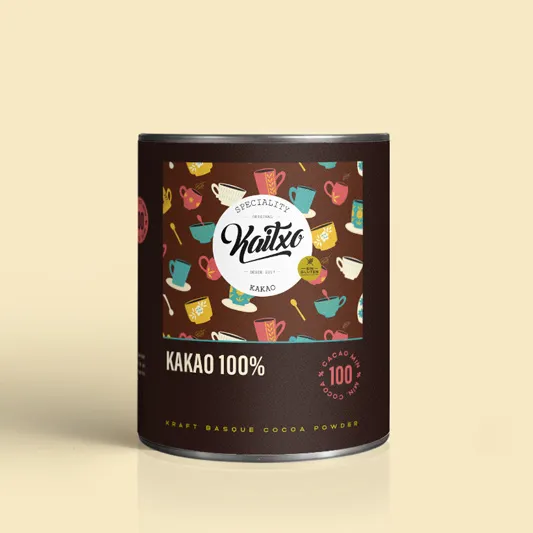8 Best Chocolate Brands in Spain for 2026
Wondering which Spanish chocolate is truly worth trying? Spain’s chocolate scene blends centuries of tradition with bold creativity. Discover the top makers to know.
Updated May 21, 2025

Spain's relationship with chocolate runs deep, shaping not just national tastes but European chocolate culture as a whole. From the introduction of cacao to the continent in the 16th century to today's innovative artisans, Spanish chocolate offers a unique perspective on this beloved treat.
This article explores the finest chocolate brands in Spain for 2026, highlighting what makes Spanish chocolate distinctive and the standout producers worth seeking out.
» Explore our traditional Spanish bean-to-bar chocolates
Spain's rich chocolate heritage
Spain introduced chocolate to Europe in the 16th century after explorers encountered it in the Americas. While Hernán Cortés is often credited with bringing cacao to Spain around 1528, historical evidence suggests various possibilities, including a Maya delegation in 1544.
Spanish monks transformed the bitter Aztec drink "xocoatl" by adding sugar, milk, vanilla, and cinnamon, creating a sweet beverage similar to modern chocolate.
Spain kept this recipe secret for approximately 100 years to maintain economic monopoly and royal exclusivity. The drink became so popular in Spain that it was considered a national symbol, comparable to tea in England.
Eventually, chocolate spread to Italy, France, and the United Kingdom, evolving from an aristocratic luxury to a widely enjoyed treat.
Our top picks for Spanish chocolate brands
What makes Spanish chocolate unique
Spanish chocolate stands apart from other European traditions in several distinctive ways:
Distinctive ingredients and flavor profiles
Spanish chocolate's ingredients blend Moorish-inspired spices like cinnamon, pepper, cloves, and orange peel along with traditional thickeners such as rice flour. This approach contrasts markedly with Swiss and Belgian chocolate traditions, which typically emphasize dairy-forward, creamy profiles.
The Spanish preference for warming spices and textural complexity creates a chocolate experience that honors historical recipes while embracing modern innovation.
» Sound enticing? Try our coffee and cardamon-infused chocolate
Traditional production methods
Spanish chocolate production often preserves artisanal methods, including stone grinding techniques and holm oak wood roasting that imparts subtle smoky notes.
Spanish chocolatiers typically employ shorter conching times compared to Belgium's famous 78-hour refining process, resulting in chocolate with a more pronounced grain and texture that connects to historical preparation methods.
» Learn more about how traditional chocolate is made
Colonial influence and cultural context
Spain's colonial relationship with cacao-producing regions significantly shaped its chocolate tradition. Spanish chocolatiers were the first Europeans to adapt the bitter Aztec xocoatl into sweetened drinks suitable for European palates.
This historical foundation evolved into cultural rituals unique to Spain, such as the beloved chocolate con churros tradition, which differs substantially from Belgium's praline-focused luxury positioning or Switzerland's emphasis on milk chocolate.
» Find out more about ritual cacao
Top Spanish chocolate brands of 2026
Perfect pairings with Spanish chocolate
Traditional Spanish foods and beverages create exceptional pairings with fine chocolate, enhancing the tasting experience through complementary flavors and textures:
- Sherry: This fortified wine from Andalusia, with its complex nutty, dried fruit, and sometimes saline notes, harmonizes beautifully with dark or nut-infused chocolates. The freshness and depth of sherry cut through chocolate's richness, enhancing both flavor profiles.
- Turrón: Traditional almond and honey nougat shares a natural affinity with chocolate through complementary nutty sweetness and textural contrasts. Chocolate bars or pralines infused with almond or honey flavors echo turrón's distinctive profile.
- Manchego cheese: The firm, slightly tangy character of this sheep's milk cheese creates a balanced sweet-savory interplay when paired with dark chocolate's creamy bitterness. This combination reflects Spain's longstanding tradition of combining dairy and chocolate.
- Citrus: Spain's exceptional citrus fruits, particularly Valencia oranges, provide bright acidity and aromatic complexity that cut through chocolate's density and refresh the palate.
Quality indicators in Spanish chocolate
While Spain lacks national chocolate-specific certification systems comparable to wine appellations, several frameworks help consumers identify premium or regionally authentic products:
- International recognitions like the Cacao of Excellence Awards provide platforms for Spanish producers using exceptional beans.
- Most quality-focused Spanish chocolate makers adopt global certifications, including Fairtrade, Rainforest Alliance, and Organic labels, to demonstrate ethical sourcing and sustainable production practices.
- The artisanal Spanish chocolate community emphasizes traditional regional methods such as stone grinding, local ingredient infusions, and historical recipes as informal quality indicators deeply rooted in Spanish culinary heritage.
- Many premium makers highlight their regional provenance and craft techniques through transparent storytelling rather than relying solely on formal certification structures.
» Discover whether cacao has a single best origin
The future of Spanish chocolate
For chocolate enthusiasts seeking authentic Spanish chocolate experiences in 2026, exploring the diverse makers across Spain's regions provides insight into both traditional practices and innovative techniques.
From Madrid to Barcelona, Valencia to the Basque Country, Spanish chocolate continues its centuries-long evolution, offering distinctive flavors that cannot be found anywhere else in Europe.
As Spain's chocolate scene continues evolving, Kaicao Fabrica de Chocolate exemplifies the exciting new direction of Spanish chocolate making.
By combining ethical sourcing, innovative natural sweetening methods, and community engagement, Kaicao represents the ideal balance between honoring Spain's rich chocolate heritage and pioneering sustainable practices for the future.
» Indulge in some ethically sourced Spanish Chocolate!
Disclaimer: The chocolate information provided by Kaicao is intended for educational purposes related to chocolate products. We encourage you to embrace the chocolate experience, savor each moment, and explore the world of chocolate with passion.




